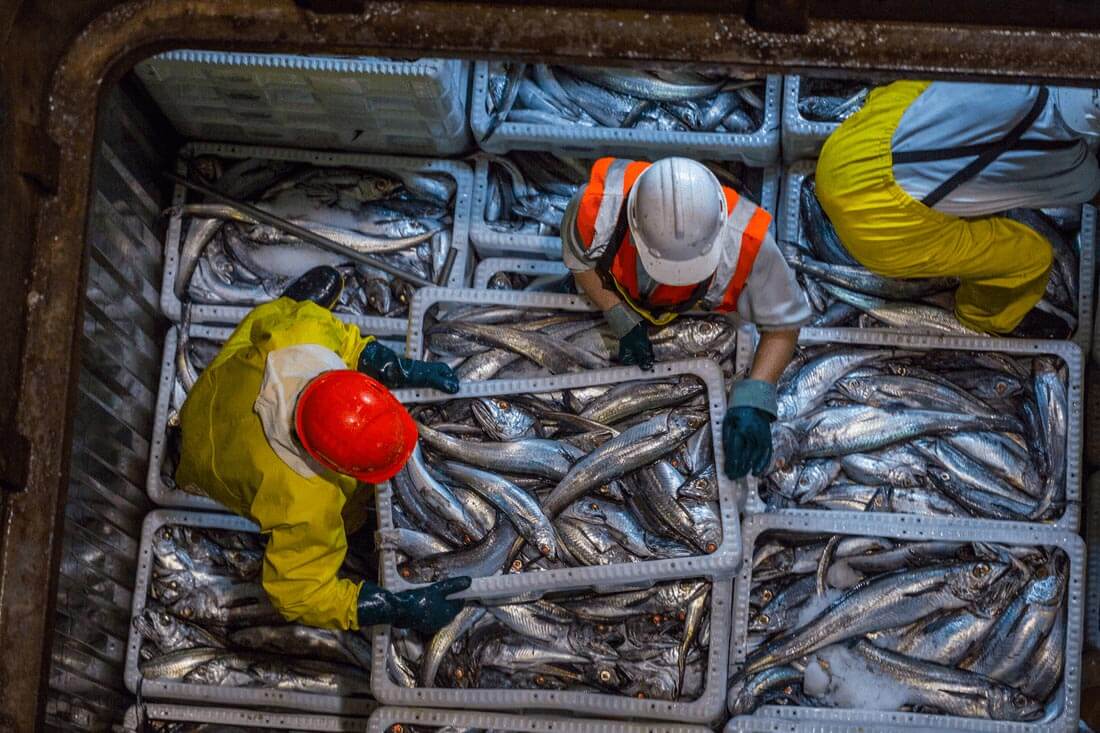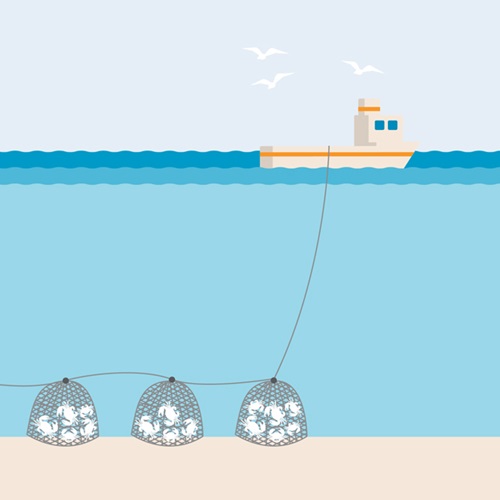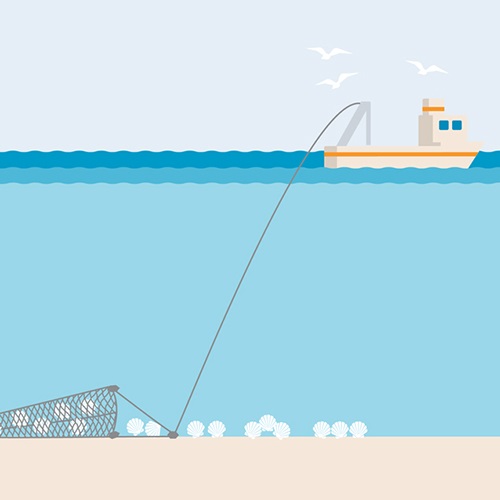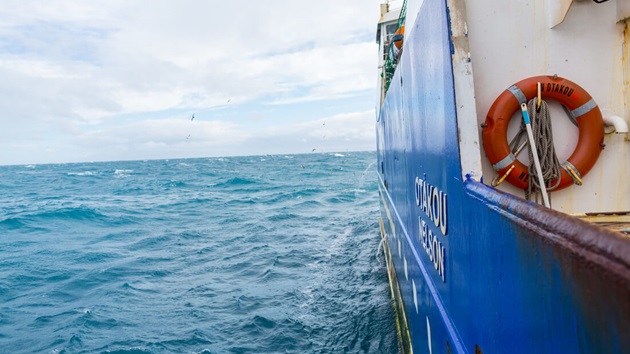Is seafood caught through bottom trawling sustainable? Find out more about this method of fishing and how its impact on the ocean can be reduced.
What is bottom trawling?
Bottom trawling is a fishing method using towed nets to catch fish and other marine species living on or near the seabed.
Bottom trawling includes several different types of fishing gear. These gears use a cone-like net with a closed end (cod-end) that holds the catch. The net is towed by one or two boats and held open by boards (trawl doors) or a metal beam. These devices often contact the seabed.
The size of trawl boats can vary from small vessels to super trawlers. The size of the boat doesn't mean it's catching more fish but it is often because there are onboard processing facilities.
/rs5074_bottom-trawl-contentbody.png?sfvrsn=6f82b945_12)
Which species are caught by bottom trawling?
Many commonly eaten species can be caught using bottom trawls. These include whitefish like cod, haddock, hoki and hake, and flatfish such as halibut and sole. Prawns, shrimp and squid can also be caught through this method.Why do fisheries use bottom trawling?
Bottom trawling is an efficient way to catch large quantities of fish and shellfish that live on the sea floor, which are needed to feed a growing global population. Around a quarter of all wild-caught seafood is caught via this method every year.
Fish are an important source of nutritious food, with over 3 billion people relying on our oceans for a major source of protein and other nutrients such as omega-3 fatty acids, iron and vitamin B12.

The problems associated with bottom trawling
The main impacts of bottom trawling include:
- Increased bycatch: Bottom trawling is also associated with high levels of unwanted catch - or bycatch - as the nets used can be unselective. This can lead to accidental capture of non-target species, or young or undersized fish. Such impacts must be carefully managed and reduced through measures such as gear modifications to improve selectivity.
- Ecosystem damage: Bottom trawling gears come into contact with the seabed and this can cause damage to the habitats and marine organisms found there if fishing activities are not well-managed.
As seabed habitats vary throughout the ocean, the impact of bottom trawling depends on the type of habitat encountered and the species present. Habitats that contain fragile, long-lived or slow-growing species such as corals and seapens are particularly vulnerable and should not be trawled as they may be unable to recover.
However, some habitats have more resilience, such as sandy or muddy seabeds in shallow waters that are regularly exposed to disturbance from strong waves and storms.
Reducing the impact of bottom trawling
Bottom trawling impacts can be reduced when a fishery is well managed. Here are some ways in which bottom trawling impacts can be reduced:
- Avoiding sensitive habitats: Advanced techniques like seabed mapping, habitat surveys, and vessel monitoring help fisheries avoid trawling in sensitive areas, minimising environmental impacts.
- Habitat closures: Sensitive habitats are protected through closures imposed by governments, regional authorities, or voluntary actions by fisheries.
- Protecting untouched regions from bottom trawling: Voluntary initiatives, such as the South African hake trawl fishery’s frozen trawl footprint, ensure operations are restricted to previously trawled zones.
- Gear modifications: Fisheries reduce seabed damage by limiting gear size, decreasing contact points, and using protective additions like rubber disks on ropes.
- Bycatch reduction devices: The Australian Northern Prawn fishery has nearly eliminated turtle bycatch with turtle exclusion devices and continues research to reduce sawfish bycatch.
- Collaborative research: Fisheries like the Abrolhos Island and Mid-West Scallop Trawl Fishery partner with government bodies to minimise bycatch of turtles, stingrays, and other marine species.
Bottom trawling with minimal impact
Can bottom trawling be sustainable?
Bottom trawl fisheries can achieve MSC certification by meeting the MSC Fisheries Standard and undergoing an independent third-party assessment. Here are ways in which a bottom trawl fishery can achieve MSC certification for a well-managed and sustainable fishery:
- Protecting seabed habitats and biodiversity: To qualify for MSC certification, fisheries must demonstrate they avoid causing serious or irreversible damage to seabed habitats and marine biodiversity.
- Evidence-based assessments for bottom trawling: Fisheries must provide evidence, such as seabed surveys and mapping, to show they understand habitats and the impacts of fishing activity.
- Avoiding sensitive habitats in bottom trawling: Fisheries must avoid trawling in sensitive habitats or demonstrate that effective precautionary measures are in place to minimise potential impacts.
- Managing species and reducing gear loss: Fisheries must show they effectively manage and minimise impacts on endangered, threatened, and protected species, as well as out-of-scope species like birds and mammals. Additionally, measures must prevent gear loss and mitigate the effects of lost gear on the marine environment.
A bycatch survey of a bottom trawl fishery
Find out more

Pots and traps
Pots and traps are used in commercial fishing to catch crustaceans like lobsters and crabs. Exclusion devices are used to prevent other species being caught.

Dredge fishing
Dredges are rigid structures that are towed along the seabed by a boat to harvest bivalves such as scallops, oysters and clams.
Can a ‘super trawler’ fish sustainably?
The size of a fishing boat alone does not determine whether it can fish sustainably. Any fishing boat can sustainably fish if it maintains strict standards.

